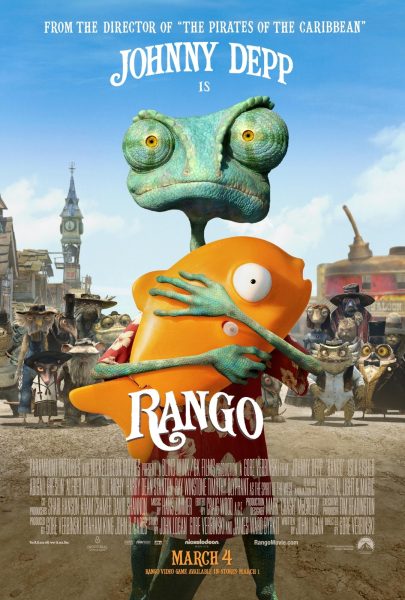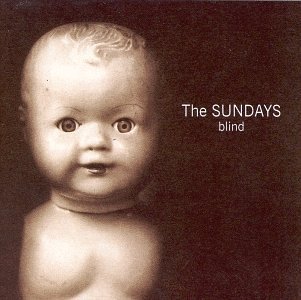What Lives in the Ocean?
The ocean is full of wildlife and not all of it lives in the upper ocean, but in the parts of the ocean below.
What do you think of when you think of ocean life? What types of creatures do you think of when you hear the ocean? Do you think of sharks, fish, dolphins, or octopi? These types of sea creatures are some of the most common because they are found in the upper part of the ocean, but what about the creatures that live in the deeper parts of the seas?
The ocean is home to over one million species, and not all of them live in the open ocean section of it. Because the ocean makes up almost 99% of inhabitable space here on Earth, scientists found that it was easier to divide the ocean into different types of zones, such as the Mesopelagic and Abyssopelagic zone. Exactly what kind of ocean life lives in those different zones of the ocean? Let’s break it down.
The Epipelagic Zone
The Epipelagic zone, known as the upper, more open part of the ocean, is home to thousands of species including types of whales, dolphins, orcas, sharks, fish, and more. This ocean zone is where most currently known species of marine life live.
The reason behind this is because it is the only zone in the ocean that has enough sunlight to allow algae to photosynthesize, which makes up a majority of the main food supply for the ocean and also 50% of the world’s oxygen. This zone of the ocean starts on the surface and reaches to about 650 feet. Then you’ve reached the Mesopelagic zone.
The Mesopelagic Zone
The Mesopelagic zone, known as the middle part of the ocean, is larger than the epipelagic zone and has less light that is able to reach the waters. The types of animals that live in this zone include squid, shrimp, snipe eels, zooplankton, more fish, jellyfish, and many others.
These types of animals choose to search for food during the night because it helps protect them from predators and plays an important role in the world’s carbon cycle and the food chain. Some of these creatures have developed special features that help them survive in the dim light. For example, anglerfish have a little ‘bulb’ that glows to allow it to attract food and illuminate the darkness.
This zone starts at the end of the epipelagic zone and goes almost 33,000 feet into the ocean depth until it reaches the Bathypelagic zone.
The Bathypelagic Zone
The Bathypelagic zone, known as the lower part of the ocean, is slightly larger than the Mesopelagic zone and is almost completely consumed by the dark abyss. The types of sea creatures that live in this part of the ocean are more fish, squid, mollusks, jellyfish, and crustaceans.
These creatures can find their food through different techniques. For example, vampire squid can find their food by using their spiky tentacles to capture their prey, and some types of fish adapt to have darker scales in order to hide in the darkness, unlike those that live in the upper parts of the ocean. Sometimes creatures from the upper parts of the ocean go down to eat some types of creatures down here, like how sperm whales go down to hunt giant squids.
Finally, the Bathypelagic zone reaches down to over 13,000 feet towards the Abyssopelagic zone.
The Abyssopelagic Zone
The Abyssopelagic zone is the lowest part of the ocean. It begins at the end of the Bathypelagic zone and goes all the way down to the bottom of the sea floor, over 6,000 feet deep. Absolutely no light is able to pass through this part of the ocean, which makes it an absolute abyss, hence the name.
Almost nothing can live down here due to the intense water pressure and freezing temperatures, with the exception of deep sea squid, viperfish, deep sea fish, special types of octopi, and a few types of sea cucumbers.
These types of sea creatures can eat by luring in small prey of parts of already eaten fish from the upper parts of the ocean that drifted down.
The ocean is a mysterious place and we have not even explored the entirety of it, with only 5% of the ocean discovered. Who knows what else is out there, but hopefully that does not scare you into not wanting to go into the ocean.
Your donation will support the student journalists of Canyon High School. Your contribution will allow us to pay for our print issue magazine, website, and equipment costs.

Rhonda Corona is both a section editor and a graphic designer for the Pony Express. She is in her fourth year of Journalism and she mainly writes about...






